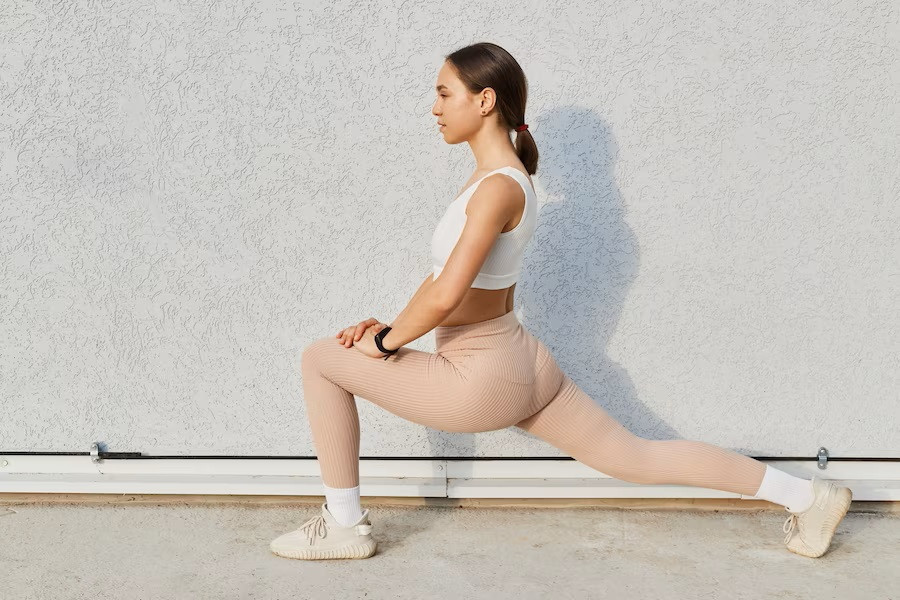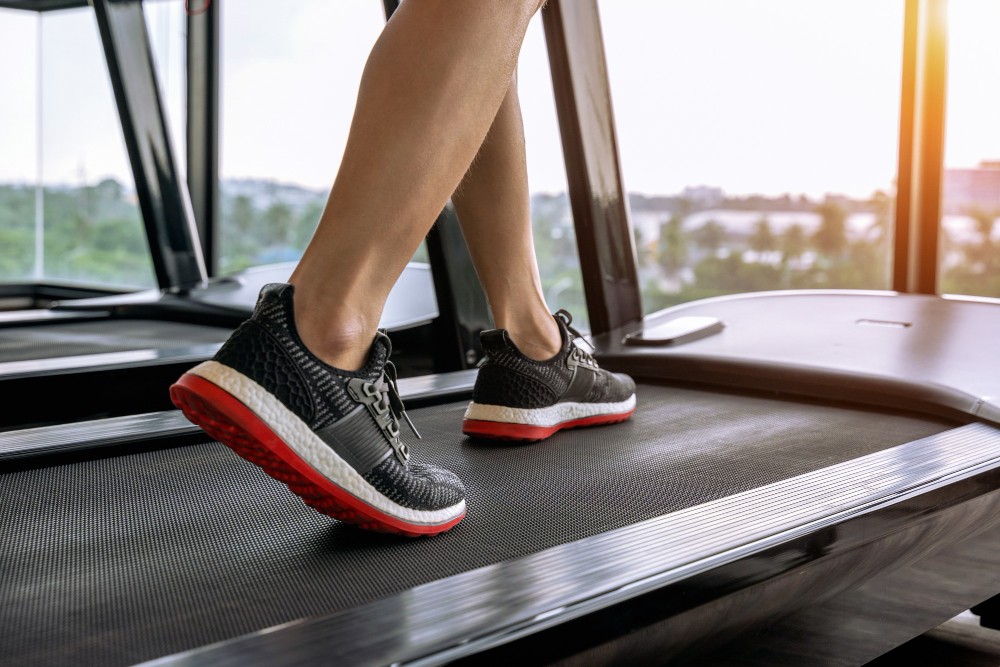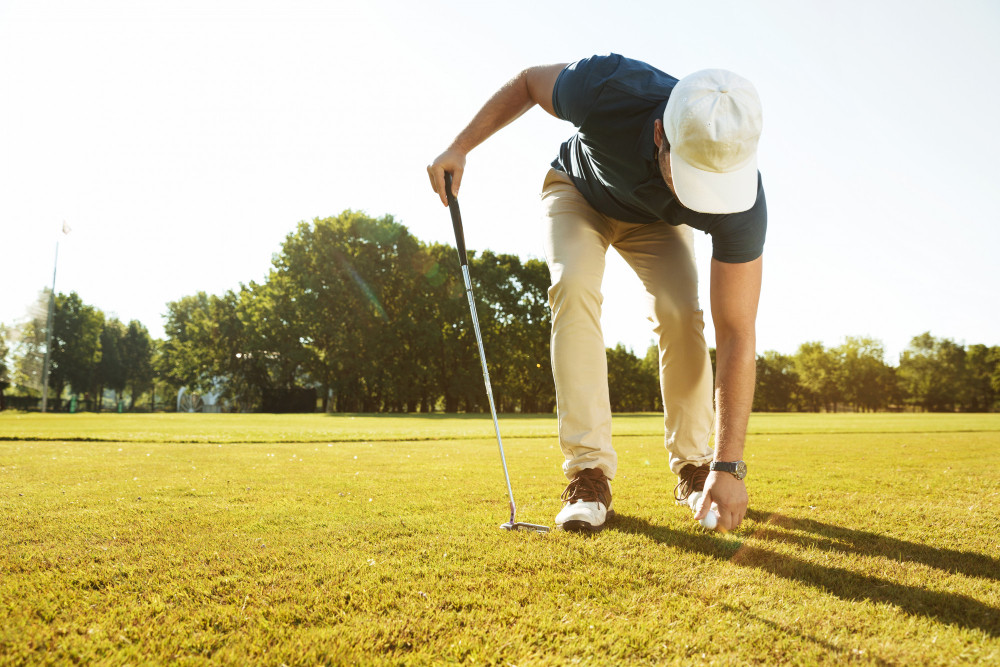Lunges are one of the leg exercises that effectively shape and strengthen the muscles of the lower body such as the thigh muscles, lower back, hips, and core muscles. It is a simple exercise that can be done anywhere with little or no equipment.
Benefits of Lunges for the Body
Doing lunge exercises regularly can provide many benefits to the body, such as:
Aids in weight loss
Lunge exercise involves many large muscles in the lower body. Doing this exercise requires a lot of energy so it increases calorie burning, which is suitable if you want to lose weight.
Also, combining lunges with heavy weights can help build lean muscle. Muscle requires more energy to maintain than fat so having more muscle mass can increase the amount of calories burned at rest.
Trains balance and stability
Lunges work one leg at a time, during which time the body works independently to develop strength and balance on each side of the body. When working one leg at a time, the stabilizing muscles in the abdomen, back, and pelvis have to work harder to maintain your balance. This exercise helps strengthen the core muscles that support the spine.
Body alignment
Lunges allow you to focus more on each side of your body separately. This allows you to correct unbalanced postures and even out leg lengths if they were previously unequal.
More upright posture
Lunges strengthen the muscles that support the spine, including the muscles of the back, pelvis, and thighs. By training and strengthening these muscles, the overall posture of the body will be improved.
Having a good core and posture can protect your body from injuries, especially back and spine injuries. In addition, you are also more comfortable performing common daily movements such as standing, sitting, and lifting objects.
How to do Lunges Right
Performing lunges with the correct technique is essential to avoid injury and maximize the benefits of the exercise. Here are the steps to performing lunges correctly:
- Stand straight with both feet
- Place hands on hips or let them hang freely beside the body
- Take a step forward with one foot
- Step out by keeping the foot in front
- Simultaneously bend both knees downward
- Make sure the knee of the front leg is in line with the toes
- Lower the body slowly until the back knee almost touches the floor
- Keep the back straight and upright throughout the movement, neither bending forward nor backward
- Push the body through the heel of the front foot as it returns to the starting position and feel the movement of the thigh muscles and pelvic muscles as it recovers to a standing position
- Once done with one side, switch to the other side and repeat the movement as needed or for predetermined sets.
When performing lunges, it is very important to maintain normal breathing and not rush. Focus on the correct movement and start with lower reps. Slowly increase the number of reps or add weight to increase the intensity of the exercise.
Although lunges provide many benefits, you need to talk to your doctor before starting this exercise if you have a knee or hip injury. You can either visit a doctor or make use of the consultation features that are available in the Ai Care application by downloading the Ai Care application from the App Store or Play Store.
Looking for more tips and tricks for health, first aid, and other home remedies? Click Here!
Emily Cronkleton (2019). 11 Benefits of Doing Lunges Regularly. Available from: https://www.healthline.com/health/exercise-fitness/lunges-benefits
Paige Waehner, CPT (2022). How to Do Lunges: Proper Form, Variations, and Common Mistakes. Available from: https://www.verywellfit.com/how-to-lunge-variations-modifications-and-mistakes-1231320
Karen Asp (2023). How to Do a Lunge (and Why They’re So Good for You). Available from: https://www.everydayhealth.com/fitness/how-to-do-a-lunge-and-why-theyre-so-good-for-you/
Emily Cronkleton (2020). Why Do People Say to Never Skip a Leg Day?. Available from: https://www.healthline.com/health/exercise-fitness/never-skip-leg-day











